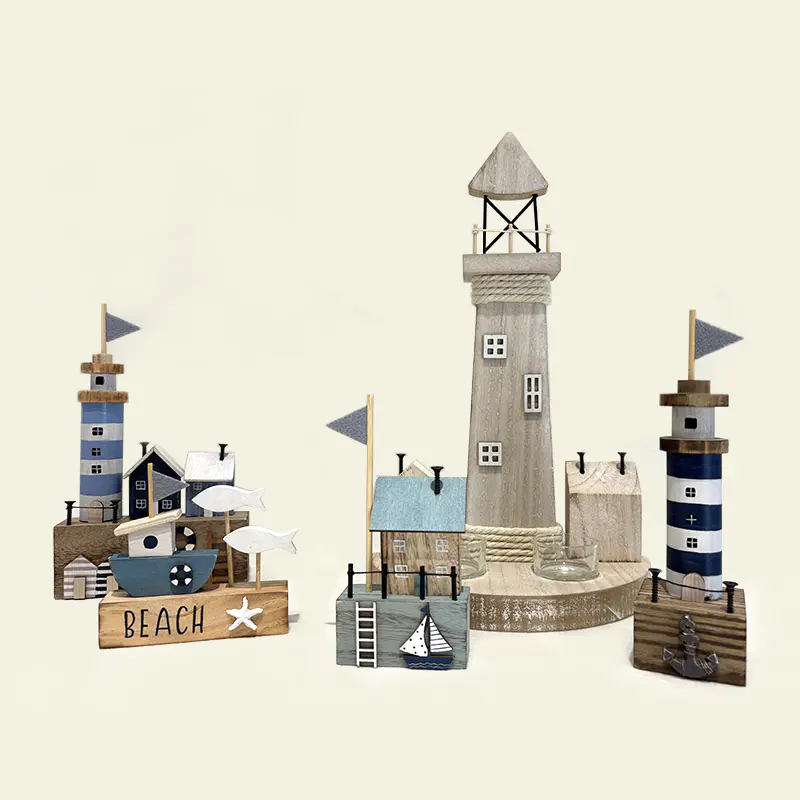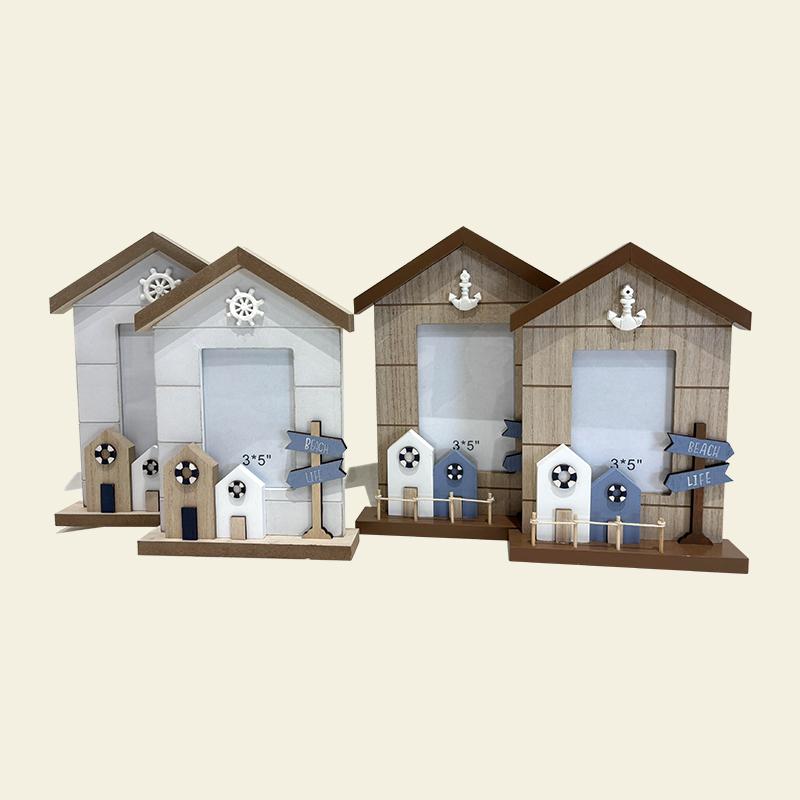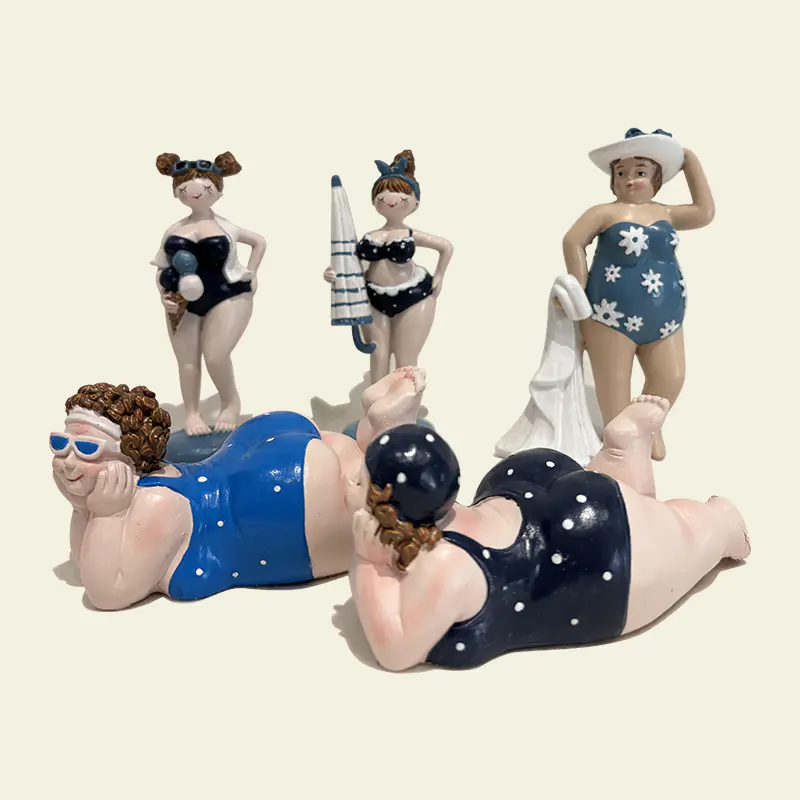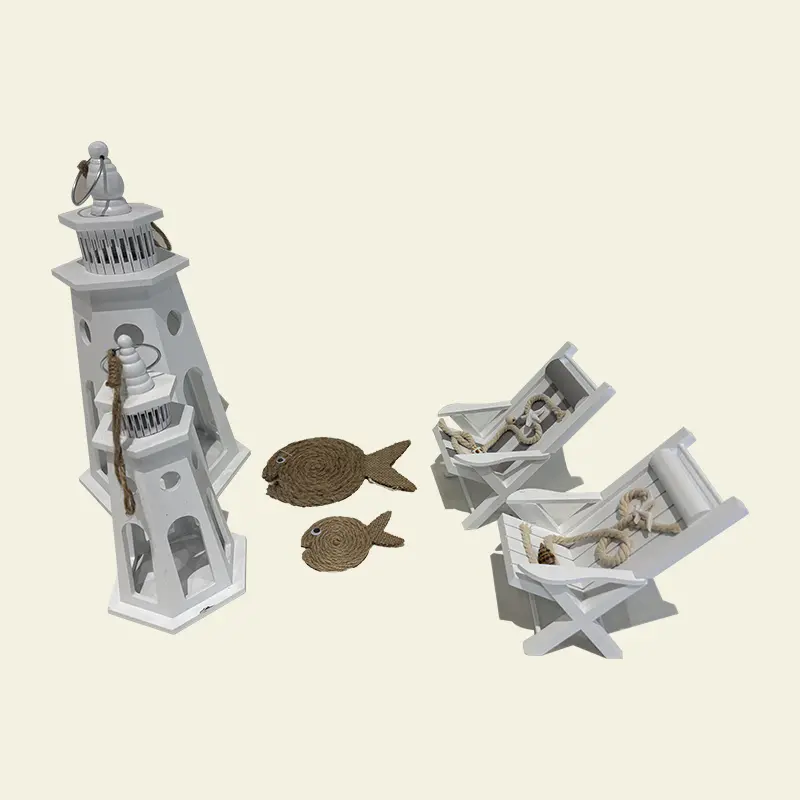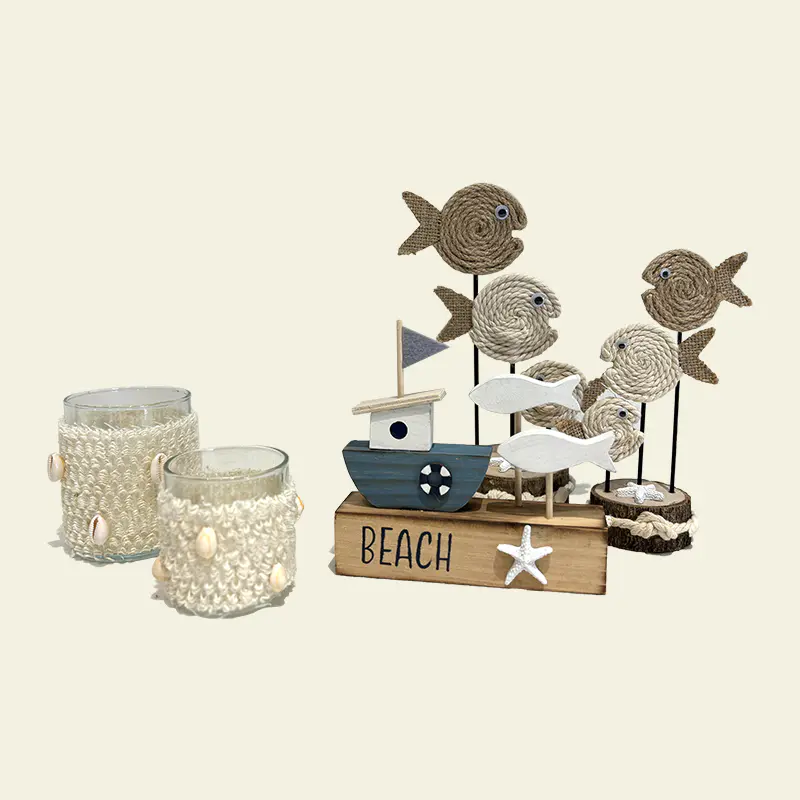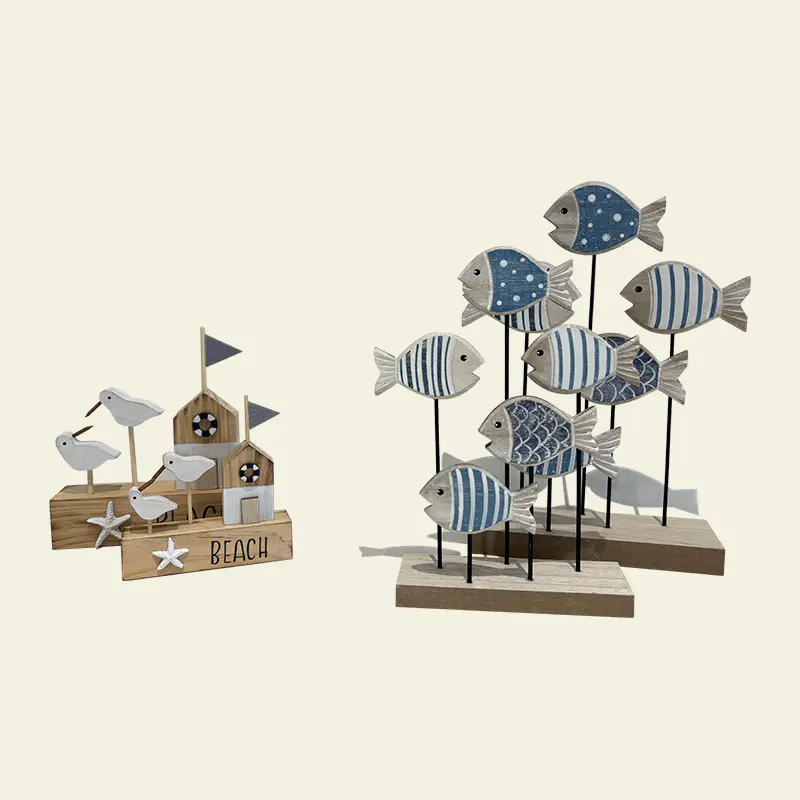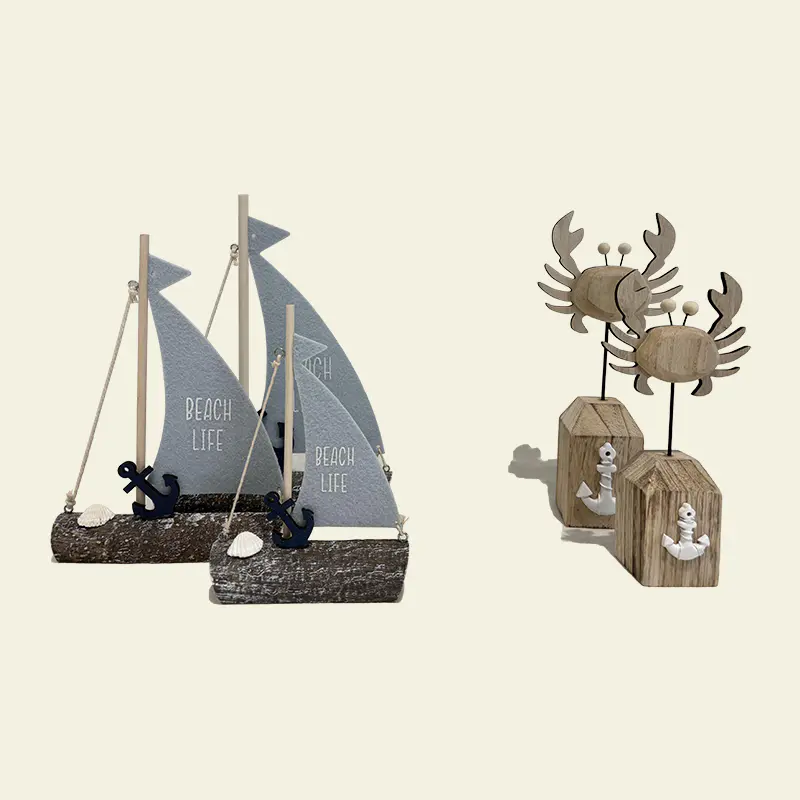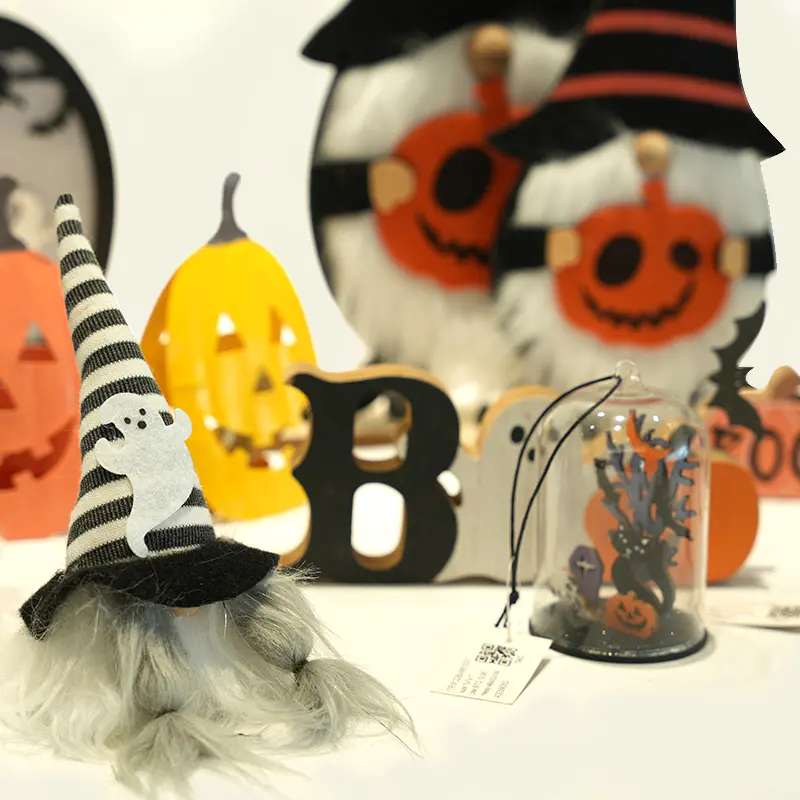Quote
How Do You Communicate Your Vision to a Craft Designer for Custom Work?
When you decide to work with a craft designer to draw custom pieces, effective communication becomes essential. The success of a custom project often depends on how well your ideas and expectations are conveyed to the designer. Since custom craft design involves translating your unique vision into tangible art or functional items, understanding how to express your thoughts clearly can make the entire process smoother and more satisfying.
The steps when engaging a craft designer to draw custom work are to prepare a clear concept of what you want. This can include sketches, mood boards, photos, or descriptions that capture your desired style, colors, and themes. Providing reference materials helps the designer understand your preferences more quickly and accurately. Without these visual or verbal clues, the designer might interpret your ideas differently, which could cause revisions and delays.
Next, open and honest dialogue with the craft designer is key. During initial discussions, share your inspiration and the purpose of the custom piece. Whether it’s for personal use, gifting, or commercial purposes, this context helps the designer tailor their approach. Asking questions and encouraging the designer to explain their process also fosters collaboration. This way, you not only communicate your vision but also gain insight into how the designer plans to bring it to life.
Another important aspect of working with a craft designer to draw custom projects is setting realistic expectations regarding materials, timelines, and costs. Being transparent about your budget and deadlines allows the designer to propose feasible solutions. Sometimes, certain design ideas might require specific materials or techniques that affect the overall cost or production time. Clear communication ensures both parties agree on the scope of work before starting, reducing misunderstandings later on.
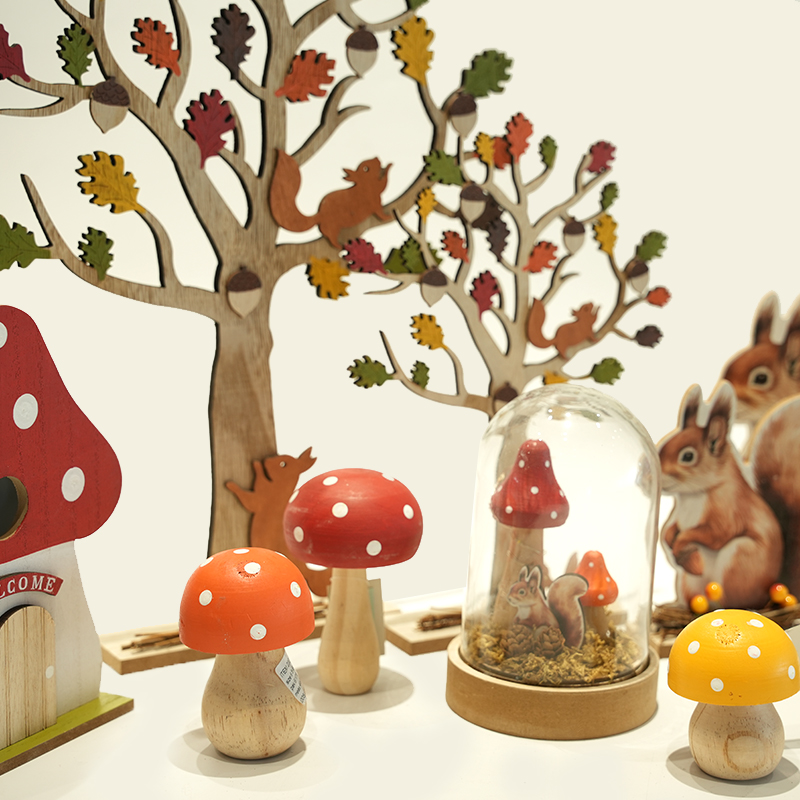
During the design phase, staying engaged and providing timely feedback is essential. Reviewing drafts or sketches from the craft designer to draw custom work and offering constructive comments can help refine the design. Focus on what you like and what might need adjustment. Avoid vague remarks like “I don’t like it” without specifying why, as this can slow down the process. Instead, be specific about colors, shapes, or details that don’t match your vision.
It’s also helpful to understand the terminology and constraints related to the craft medium you are working with. If you are commissioning a wood carving, embroidery, or metalwork, knowing the basics about these crafts helps in communicating practical ideas. Designers appreciate clients who are informed, as it streamlines decision-making and can inspire creative solutions.
Trust is another important factor in communicating with a craft designer to draw custom pieces. While you want to express your vision clearly, it is also beneficial to respect the designer’s expertise and creative input. Allowing room for professional advice may cause improvements you hadn’t considered. Collaboration often results in a product that blends your vision with the designer’s skills, producing a more satisfying outcome.
Confirm all details in writing, including design specifications, deadlines, payment terms, and any agreements about revisions. This documentation protects both you and the craft designer throughout the project. It also serves as a reference to keep the work on track.
Communicating your vision to a craft designer to draw custom work requires clarity, preparation, engagement, and mutual respect. By providing detailed references, maintaining open dialogue, and being involved in the design process, you can help the designer understand your needs and create a unique piece that reflects your vision. Good communication builds a foundation for a successful collaboration and a custom product that you will appreciate.
Next: How Can Seasonal Crafts for Easter Sale Attract More Customers?



 English
English 中文简体
中文简体 Deutsch
Deutsch Español
Español
